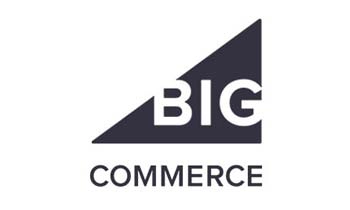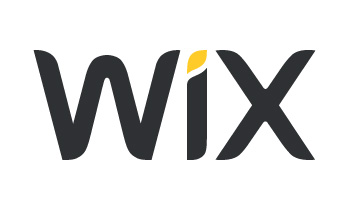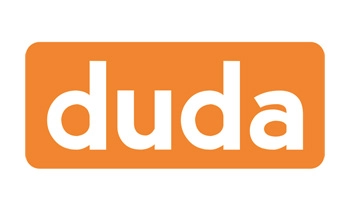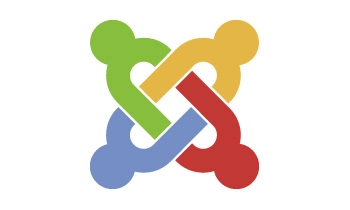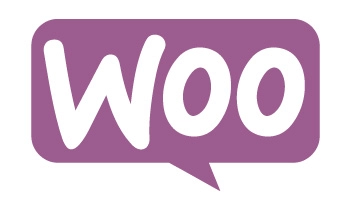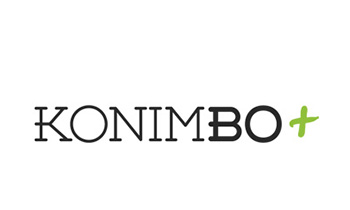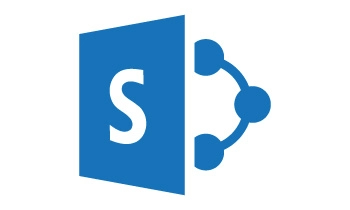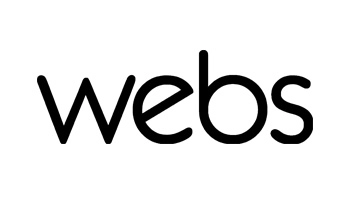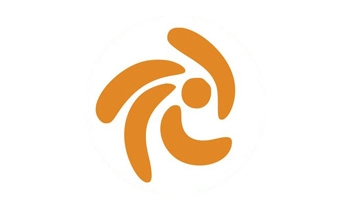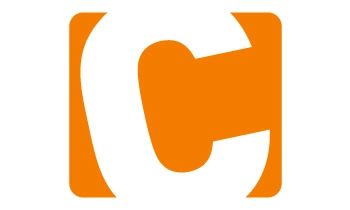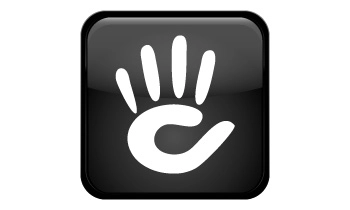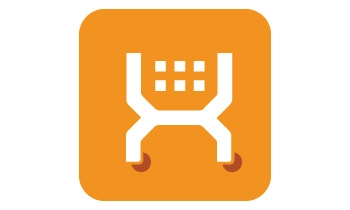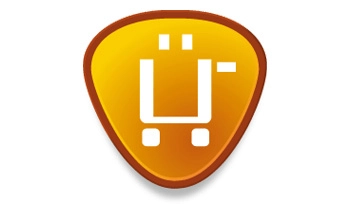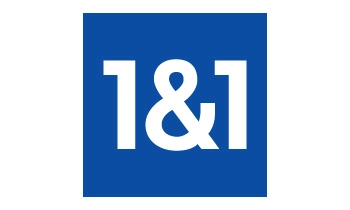Understanding WCAG 2.0 is an essential guide to understanding and using "Web Content Accessibility Guidelines 2.0" (WCAG2.0). The concepts and provisions may be new to some people. Understanding
WCAG 2.0 provides a non-normative extended commentary on each guideline and each Success Criterion to help readers better understand the intent and how the guidelines and Success Criteria work together. It also provides examples of techniques or combinations of techniques that the Working Group has identified as being sufficient to meet each Success Criterion. Links are then provided to write-ups for each of the techniques.
Understanding the Four Principles of Accessibility
The guidelines and Success Criteria are organized around the following four principles, which lay the foundation necessary for anyone to access and use Web content. Anyone who wants to use the Web must have content that is:
Perceivable - Information and user interface components must be presentable to users in ways they can perceive.
This means that users must be able to perceive the information being presented (it can`t be invisible to all of their senses)
Operable - User interface components and navigation must be operable.
This means that users must be able to operate the interface (the interface cannot require interaction that a user cannot perform)
Understandable - Information and the operation of user interface must be understandable.
This means that users must be able to understand the information as well as the operation of the user interface (the content or operation cannot be beyond their understanding)
Robust - Content must be robust enough that it can be interpreted reliably by a wide variety of user agents, including assistive technologies.
This means that users must be able to access the content as technologies advance (as technologies and user agents evolve, the content should remain accessible)
If any of these are not true, users with disabilities will not be able to use the Web.
Under each of the principles are guidelines and Success Criteria that help to address these principles for people with disabilities. There are many general usability guidelines that make content more usable by all people, including those with disabilities. However, in WCAG 2.0, we only include those guidelines that address problems particular to people with disabilities. This includes issues that block access or interfere with access to the Web more severely for people with disabilities.
Schedule your free consulting now


